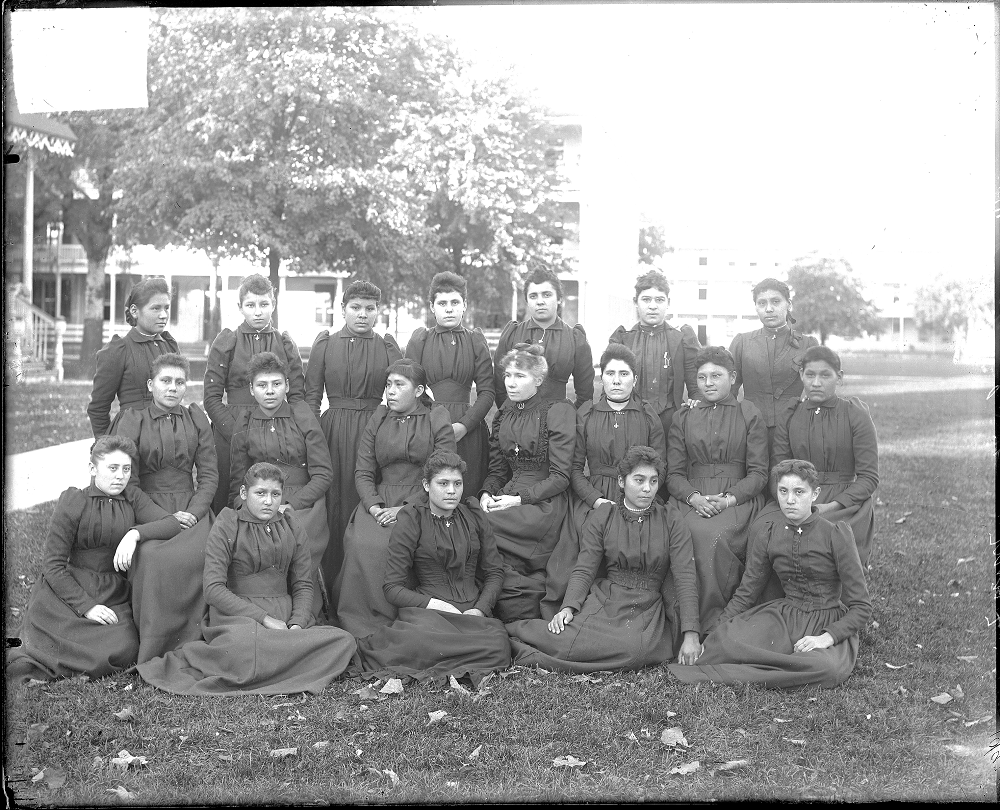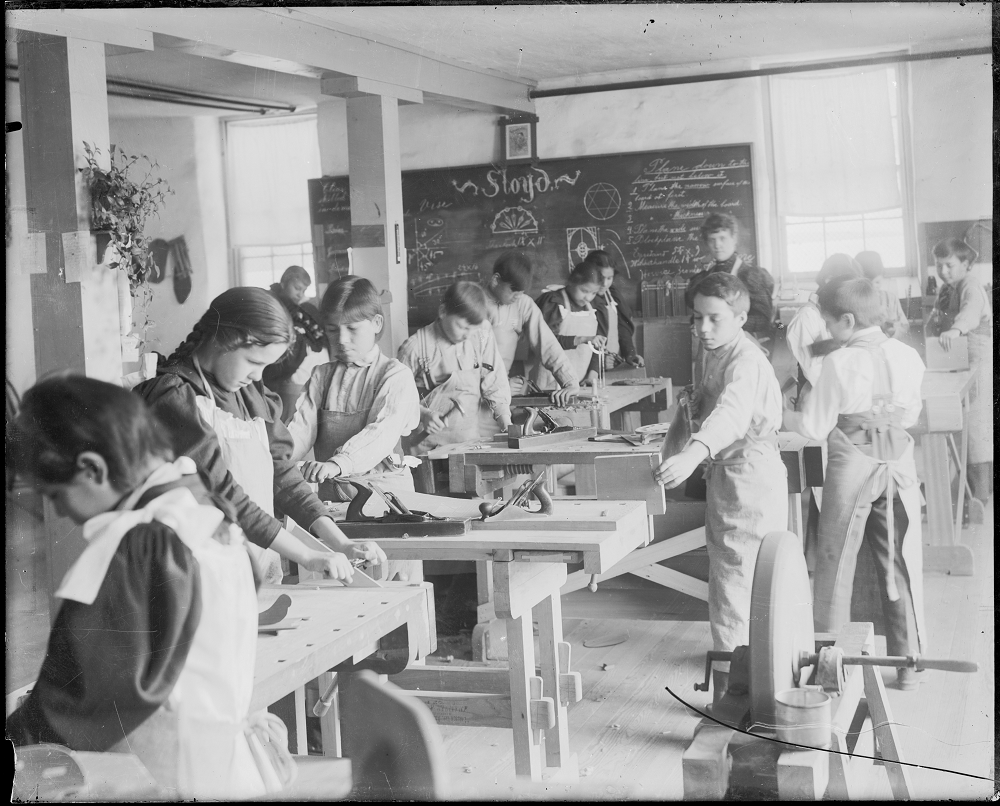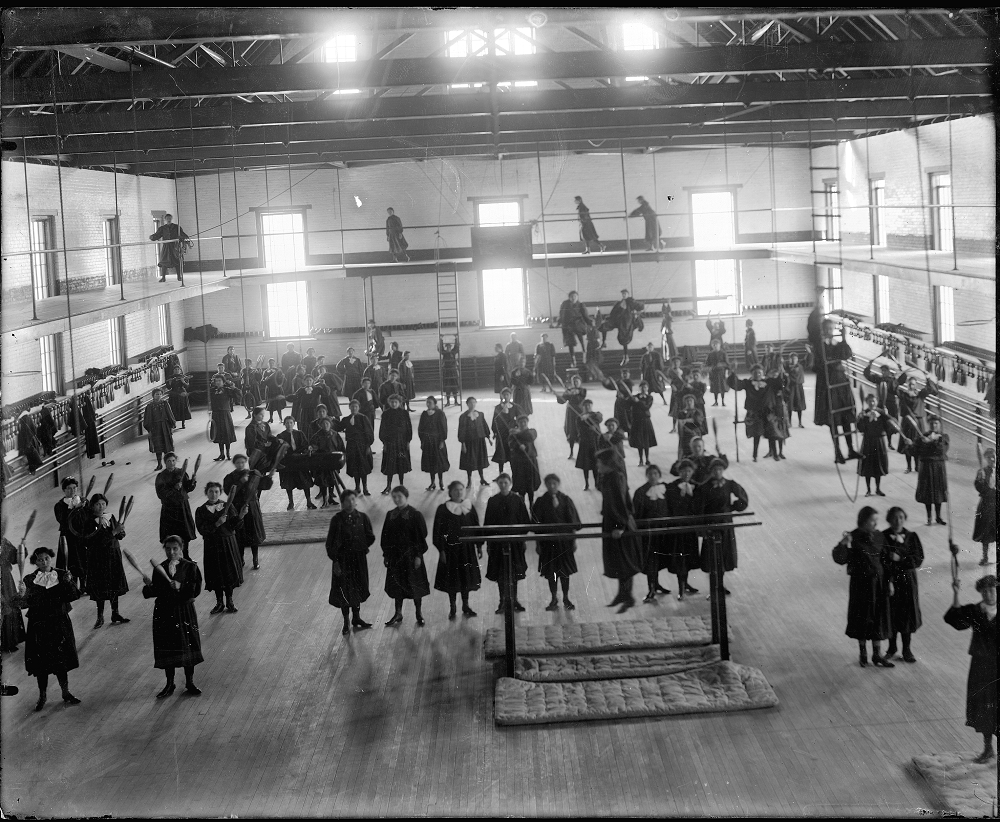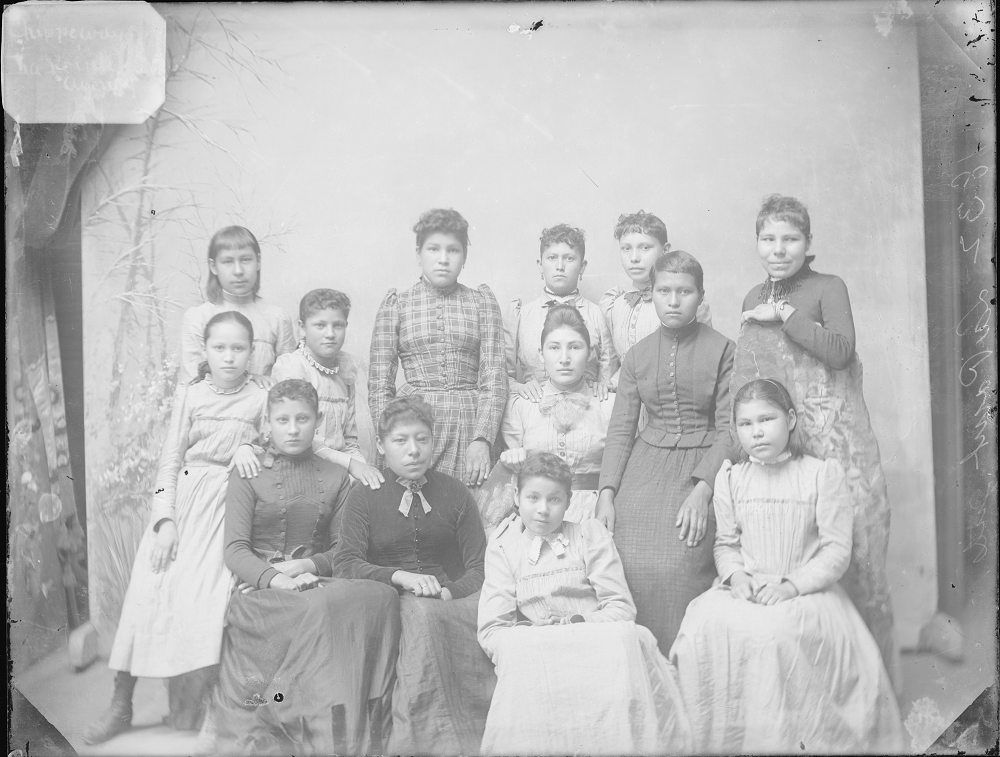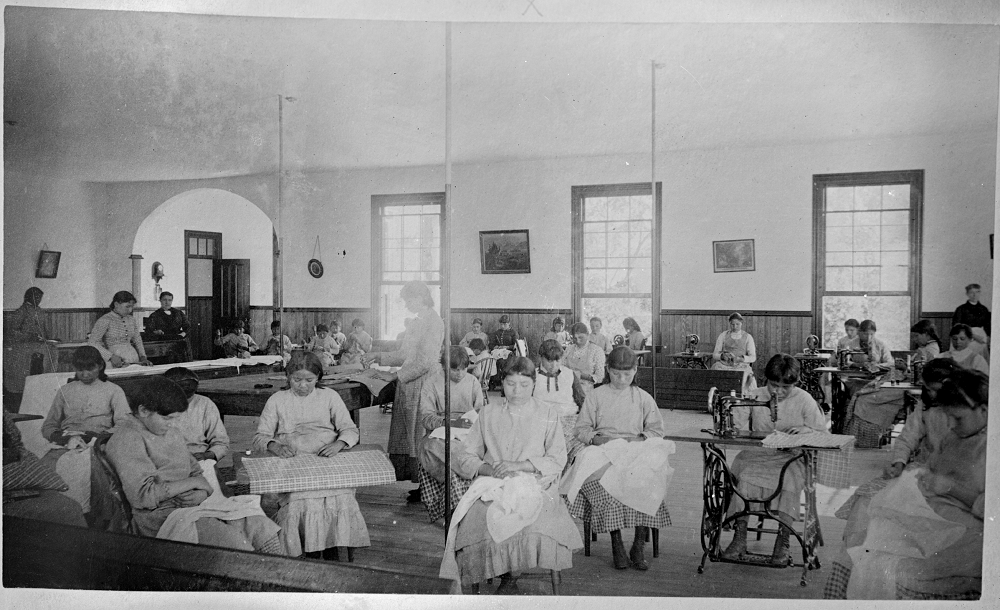Background
The Carlisle Indian Industrial School in Carlisle, Pennsylvania, opened in 1879. The boarding school was operated by the U.S. government to remove Indigenous children from their families, nations, and cultures. Classes were intended to teach students to become members of mainstream white society. The school’s mission was to bring Indigenous children from “savagery to civilization.” The first groups of students were specifically taken from Indigenous nations that the U.S. considered to be “difficult.”
Over 10,500 students attended the Carlisle School until it closed in 1918. Tragically, many students died from disease, malnutrition, and abuse there. Around 194 students were buried at the school’s cemetery. Their families were never told about what happened to them, and some remains have only been returned to families as recently as 2021.
Carlisle was one of over 350 government-funded boarding schools for Indigenous children in the United States. Another 130 such schools operated in Canada.
About the Image
When new students arrived at Carlisle, they immediately underwent changes to force their assimilation into white society. School staff required young Indigenous people to wear different clothing, cut their hair, and take new “American” names. Students were prohibited from speaking their native languages. Children were forced to share bedrooms with students from different nations. This pressured them to speak English because they did not share a common Indigenous language.
Classes for girls focused on domestic work. Female students learned how to sew, do laundry, and general housekeeping. Most girls spent their summers with white families, helping out with household chores and taking care of children. This practice was called “outing.” Carlisle administrators argued that having its students live with white families helped them better prepare for adulthood. In reality, they wanted to keep the students from spending summers with their families to further alienate them from their communities.
The photographs were taken by John N. Choate, the primary photographer at Carlisle. He took pictures of students when they arrived and throughout their stay. The school hired him to show how its students became “civilized” at Carlisle. Photographs were often edited to make the students’ skin look whiter.
Vocabulary
- boarding school: A school where students live during the school year.
- malnutrition: Poor health due to not having enough to eat or access to healthy food.
Discussion Questions
- What are the girls in the photographs doing? How did these activities fulfill the school’s goal of forcing Indigenous students to assimilate into white society?
- Analyze the clothing and hairstyles of the girls. How does their appearance reflect the purpose of the Carlisle School?
- How do you think these experiences and activities shaped the lives of these young people and their families?
- Why is it important to recognize that these schools were run by the U.S. government?
Suggested Activities
- Research about the painful realities of student experiences at Indigenous boarding schools is still being conducted today. Pair this resource with a recent news article about an Indigenous boarding school in the United States or Canada.
- Pair this resource with the life story of Zitkala-Sa, who had a traumatic experience attending a similar school and later fought for Indigenous rights.
- The Indigenous boarding schools had major effects on the parents as well. Read the letters between a mother and the government about her daughter’s experiences at the Carlisle School. How do these images deepen your understanding of these letters and the daughter’s experience at the school?
- Consider the effects of American expansion on Indigenous communities by combining this resource with a speech by an Indigenous activist and the life story of Lozen.
Themes
AMERICAN IDENTITY AND CITIZENSHIP


